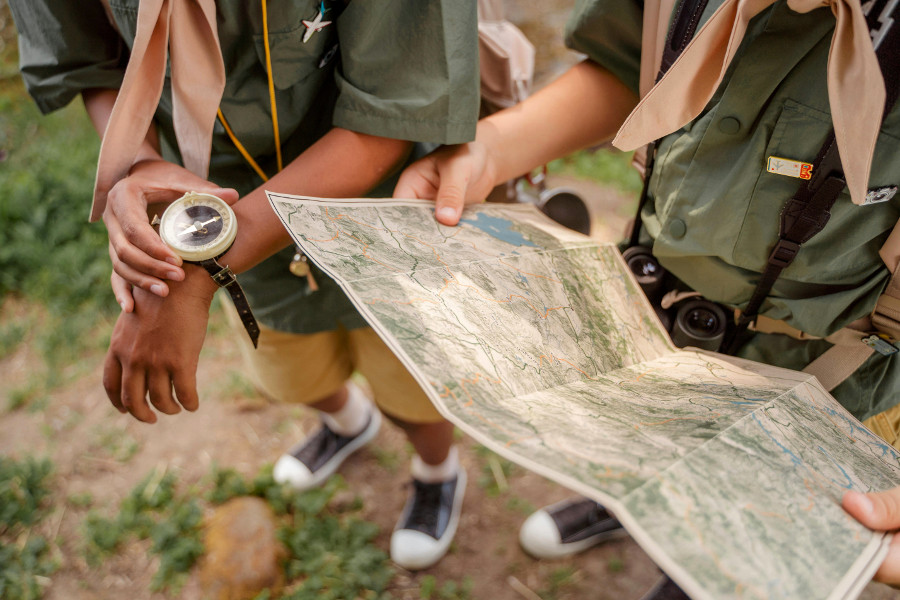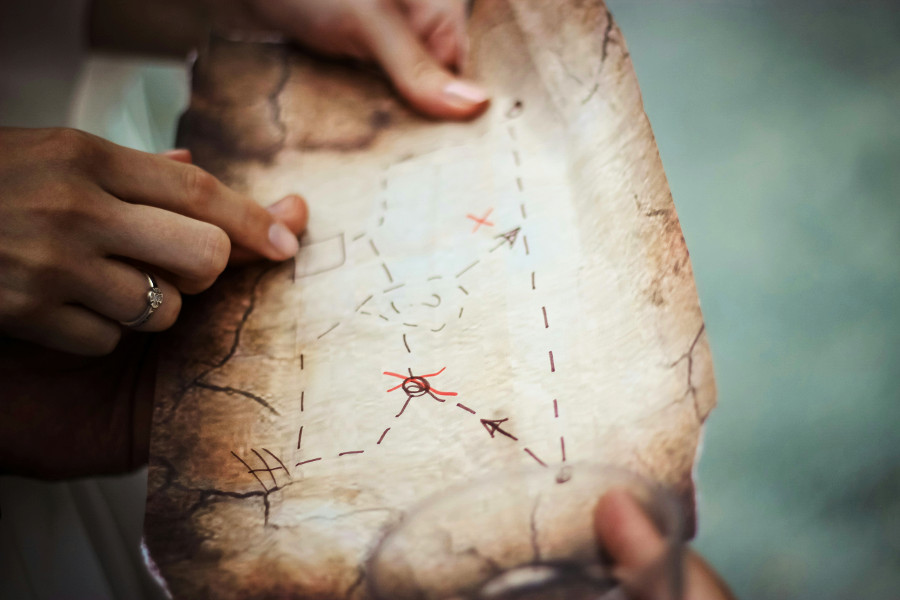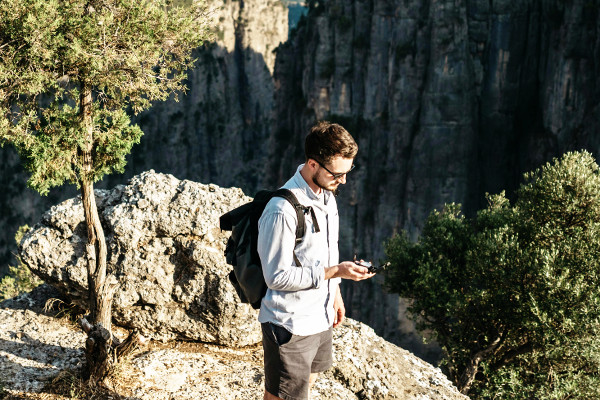How to Oranize a Memorable Scavenger Hunt: Tips, Themes, and Ideas for Everyone
Organizing a scavenger hunt is a wonderful way to bring people together through adventure and discovery. Whether you’re planning for kids, adults, or nature lovers, a well-crafted hunt blends fun with creativity, teamwork, and learning. This guide walks you through everything from choosing themes and writing clues to setting routes and using technology, ensuring your scavenger hunt is engaging and memorable. With a little preparation, your event will inspire curiosity and connection in every participant.

How do you organize a scavenger hunt?
Organizing a scavenger hunt is really about creating a playful adventure that brings people together. It starts with picking a place and a theme that fits the group’s age and interests. Once you have that, you plan out clues or items for people to find – these can be riddles, puzzles, or simple objects hidden along a route. It’s important to set clear boundaries and rules so everyone stays safe and knows what to expect. Teams or individuals can participate, depending on the mood you want. Then, you prepare everything – clues, supplies, maybe some prizes – and explain the game before letting people explore. A well-organized hunt offers fun, discovery, and connection, making the experience memorable for all.
What are creative scavenger hunt ideas for adults / kids in nature?
Nature is the perfect backdrop for scavenger hunts that spark curiosity and creativity. For kids, try a color hunt where they look for leaves, flowers, or rocks in different shades. Adults might enjoy a themed challenge, like spotting specific birds, identifying edible plants, or finding signs of wildlife. Photo hunts are also a fun twist – snap pictures of natural wonders or interesting textures. Another idea is to combine the hunt with environmental care, like picking up litter as they go. Sensory challenges, such as naming sounds or smells of the forest, make everyone pause and appreciate their surroundings more deeply. These ideas blend adventure with a true connection to nature.
How do you best adapt a scavenger hunt for nature as location?
When nature is your setting, it’s key to adapt the scavenger hunt to the environment’s rhythms and limits. Choose clues that encourage participants to observe without disturbing plants or animals – look for fallen leaves, interesting rocks, or animal tracks instead of picking flowers. Set clear boundaries so the group stays safe and respects the ecosystem. You can use natural landmarks as guideposts and craft clues that teach about the local flora and fauna. It’s also wise to keep the terrain and weather in mind to make sure everyone can participate comfortably. Most importantly, remind everyone to leave no trace and honor the natural space they’re enjoying.
How many clues should be in a scavenger hunt?
The number of clues depends a lot on who’s playing and how long you want the adventure to last. For little ones, 8 to 10 clues usually keep things exciting without being overwhelming. Older kids and adults can handle more – maybe 12 to 20 – especially if the clues involve puzzles or challenges. The key is balancing quantity with quality, so the hunt stays engaging but not exhausting. A good scavenger hunt tends to last between 30 minutes and an hour, depending on how active and focused participants are. Finding that sweet spot ensures everyone stays interested and has a chance to enjoy the journey.
What is the best theme for a scavenger hunt?
Choosing a theme is like setting the mood for your scavenger hunt – it helps shape the clues and brings the experience to life. For kids, themes like pirates, superheroes, or animal adventures unlock their imagination. Adults might enjoy something linked to local history, nature exploration, or even a mystery-solving quest. Seasonal themes, like autumn leaves or spring blooms, add a fresh feel to the game. The best theme fits your location and your group’s interests, so it feels natural and inviting. When everyone’s on board with the theme, it makes the hunt feel like a story unfolding with every clue.

How do you write good scavenger hunt clues?
Good clues are the heart of a scavenger hunt. They should be clear enough to guide participants but still invite a bit of thinking and discovery. Rhymes, riddles, or wordplay add a playful touch that keeps things fun. Tailor your clues to the group’s age and interests – kids might enjoy straightforward hints, while adults appreciate clever puzzles. Use descriptive language to paint a mental picture without giving too much away. Testing your clues beforehand is a smart move; it helps you tweak them to be just challenging enough. Well-written clues gently lead players through the hunt while sparking curiosity.
What supplies do you need for a scavenger hunt?
Gathering your supplies is about being ready for fun and smooth sailing. You’ll want clue cards or lists, plus pens or pencils for writing down answers. Bags or containers come in handy if participants need to collect items. A timer or stopwatch helps keep track of the game’s pace, and a map can be useful in bigger or unfamiliar areas. Don’t forget name tags or team markers if you have groups. If you’re outdoors, pack essentials like sunscreen, water, and a first aid kit to keep everyone safe and comfortable. And of course, having some small prizes or treats at the finish line adds a nice touch of reward.
How long should a scavenger hunt last?
The ideal length of a scavenger hunt depends on who’s playing and how much ground you cover. For young children, 20 to 30 minutes is usually enough to keep their attention without tiring them out. Older kids and adults can enjoy hunts lasting up to an hour or even 90 minutes, especially if the clues are more involved. The terrain matters too – hiking long distances or tricky paths calls for shorter hunts. It’s good to allow some extra time for instructions, regrouping, and celebrating at the end. Keeping the hunt at the right length helps keep energy high and spirits happy throughout.
How do you set a scavenger hunt route?
Setting the route means picking a path that feels natural and fun. Start by exploring the area to find interesting spots for clues – places that stand out but are safe and accessible. Arrange your clues so players move smoothly from one to the next without backtracking or getting lost. Natural landmarks like big trees, benches, or rocks can help guide the way. If the area is large, consider giving participants maps or clear instructions. Setting boundaries is important to keep everyone safe and focused. Testing the route beforehand lets you see how long it takes and spot any tricky spots. A well-planned route keeps the adventure flowing.

How do you handle teams in a scavenger hunt?
Managing teams is about creating balance and encouraging cooperation. Divide players evenly, mixing different strengths and personalities for a good dynamic. Explain the rules clearly – whether it’s teamwork or individual effort that counts. Give each team their clues and materials, and make sure they know how to communicate, especially if the hunt covers a wide area. Design tasks that call on different skills, like spotting details, solving riddles, or working together physically. Keep an eye on progress, but focus on friendly competition and fun rather than just winning. Well-handled teams bring energy and camaraderie to the hunt.
How do you use technology (apps, QR codes) in a scavenger hunt?
Technology can add a fresh and interactive dimension to scavenger hunts. Many apps let you create digital clues, track players in real-time, and include photos or videos as part of the challenge. QR codes placed at clue spots can be scanned to reveal the next hint, which keeps things neat and eco-friendly by avoiding paper clues. GPS-enabled apps help participants navigate larger or outdoor areas and automatically record times. It’s important to make sure everyone has access to the necessary devices and connectivity. When used thoughtfully, technology can make the hunt smoother, more engaging, and excitingly modern.
How can you make a scavenger hunt educational?
Turning a scavenger hunt into an educational experience is about weaving learning naturally into the adventure. You can design clues that teach about science, history, art, or local culture based on the location. For example, ask participants to identify plants, solve math puzzles, or discover facts about landmarks along the way. Hands-on tasks like measuring, observing wildlife, or reading maps develop valuable skills. Adjust the difficulty so it’s fun and accessible, not frustrating. When learning feels like part of the game, participants absorb knowledge without even realizing it – making the hunt both enjoyable and rewarding.
Enjoy your adventure on your scavenger hunt.



